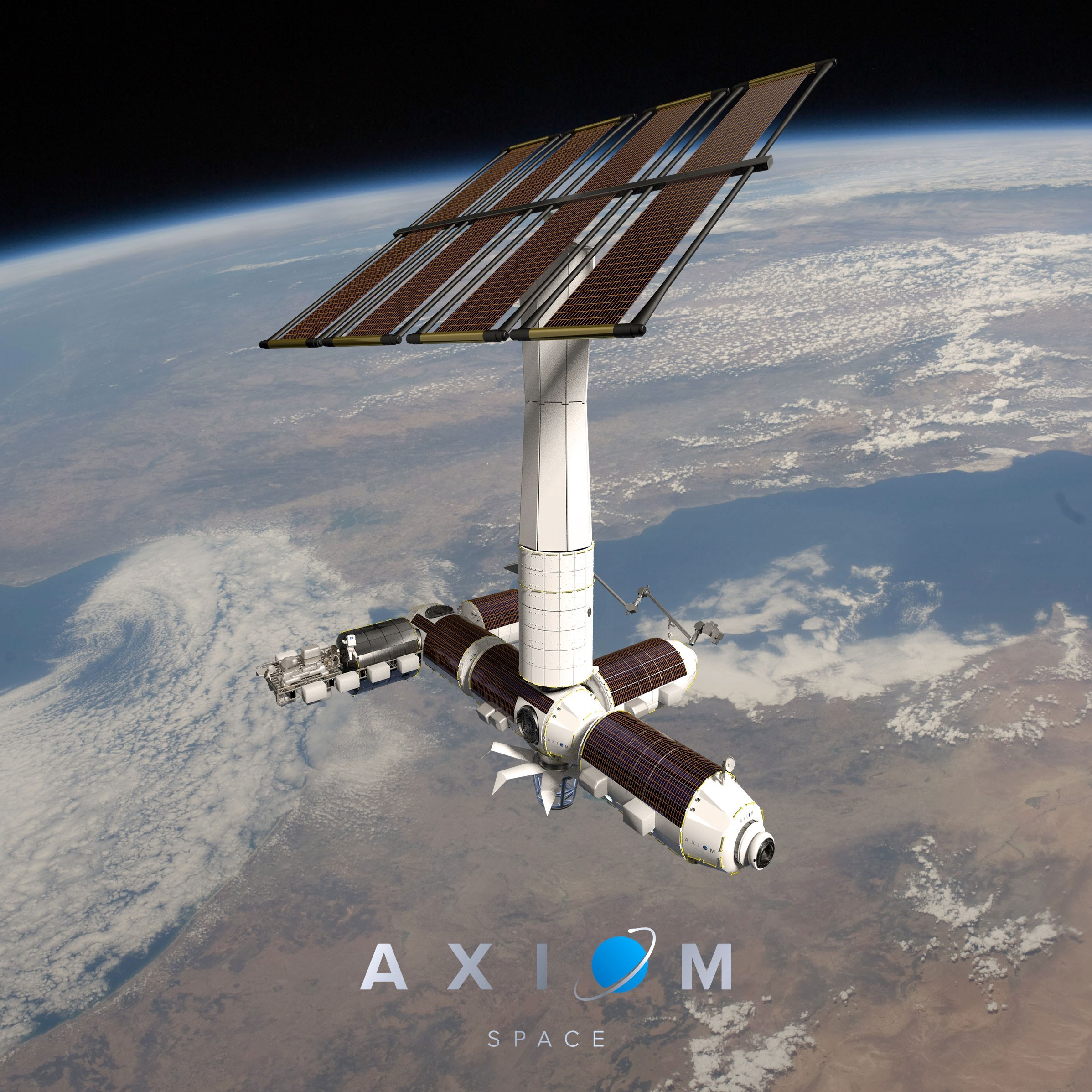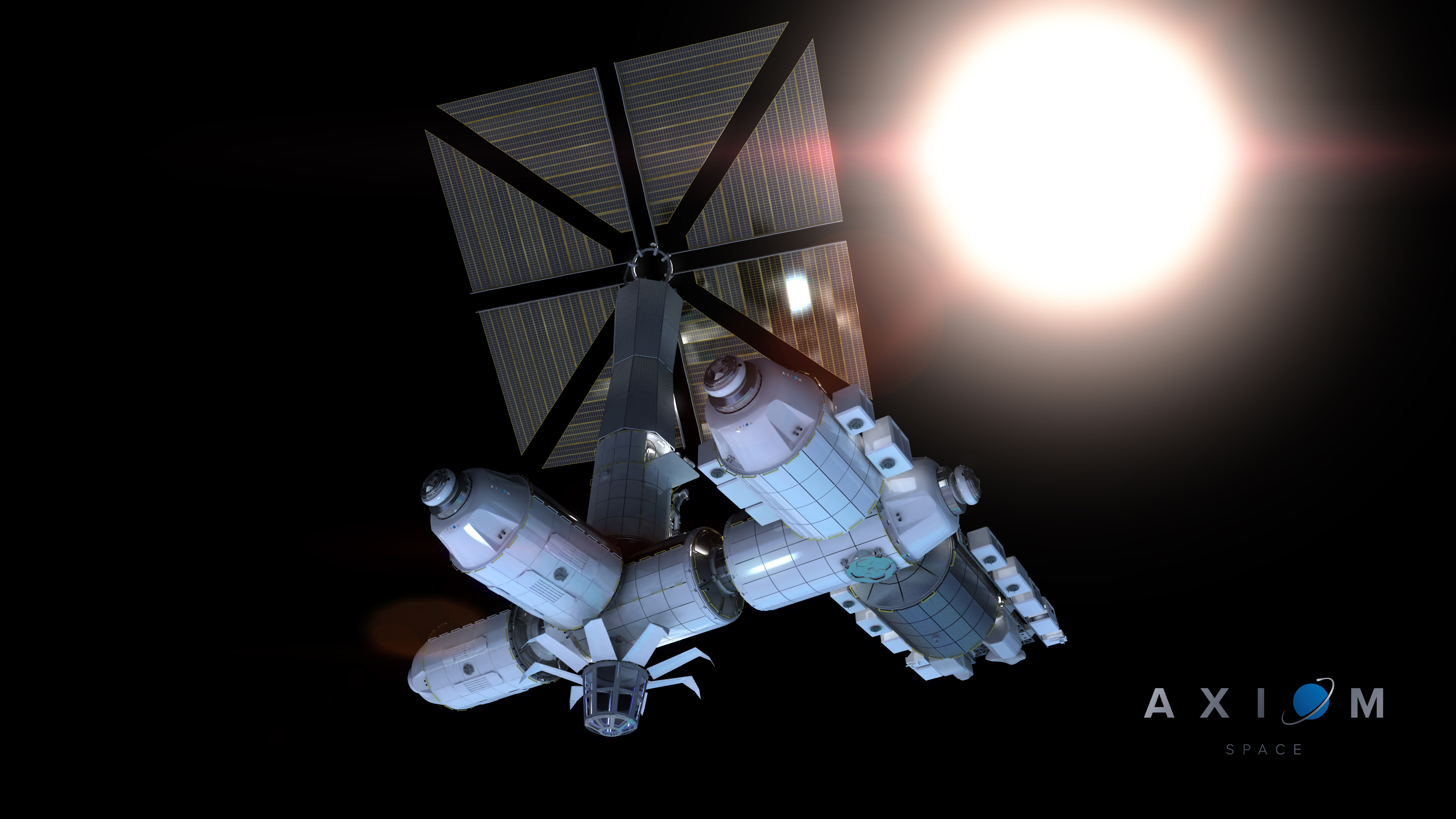


Thales Alenia Space in Italy is providing the primary structure for the first two Axiom modules, for example. Moreover, some of our suppliers are already international. Ondler: The Axiom Station is designed and intended to be an international destination for a wide range of customers - a true global user base, both commercial and governmental, with greater ease of access as compared to the ISS today. : Do you see a lot of opportunity for international cooperation on these coming LEO stations? Related: Private habitats, not just the International Space Station, may be needed to get astronauts to Mars A commercial space station also offers cost-saving opportunities for agencies like NASA to conduct fundamental space science research and prepare astronauts for longer missions to the moon, and on to Mars, without the financial burden of maintaining a LEO station. A commercial space station provides opportunities for new and non-traditional users of microgravity to engage in research, product development and scaling of manufacturing that we believe has the potential to radically improve life on Earth. At Axiom, we will provide capability and infrastructure for commercial customers as well as the opportunity for NASA and other government space agencies to continue their research, technology development and national astronaut missions in LEO. Ondler: Most will be privately owned and operated stations that support a mixed use of private, commercial and government users. : Broadly speaking, what will our post-ISS LEO presence look like? Will it be mostly privately run stations, or a mix of public (e.g., China's Tiangong space station ) and private outposts? This approach was built from the wealth of ISS and human spaceflight experience at the core of our team. This timeline supports the current planned end of ISS life, so there should be a seamless transition with no gaps in human continuous presence in LEO. With the delivery of the fourth module, Axiom Station will have the capability to be independent of the ISS and can then separate to become an independent, next-generation space station with upgraded crew quarters, increased payload capacity and a dedicated manufacturing and research lab module.

We will deliver three additional modules by the end of 2027 to complete our initial space station. Matt Ondler: Axiom Space is on schedule to deliver our first privately developed module of the Axiom Station to the ISS in September 2024. : How quickly can humanity get another LEO station up and running post-ISS? Are we likely to see a gap between ISS retirement and a new station coming online?


 0 kommentar(er)
0 kommentar(er)
